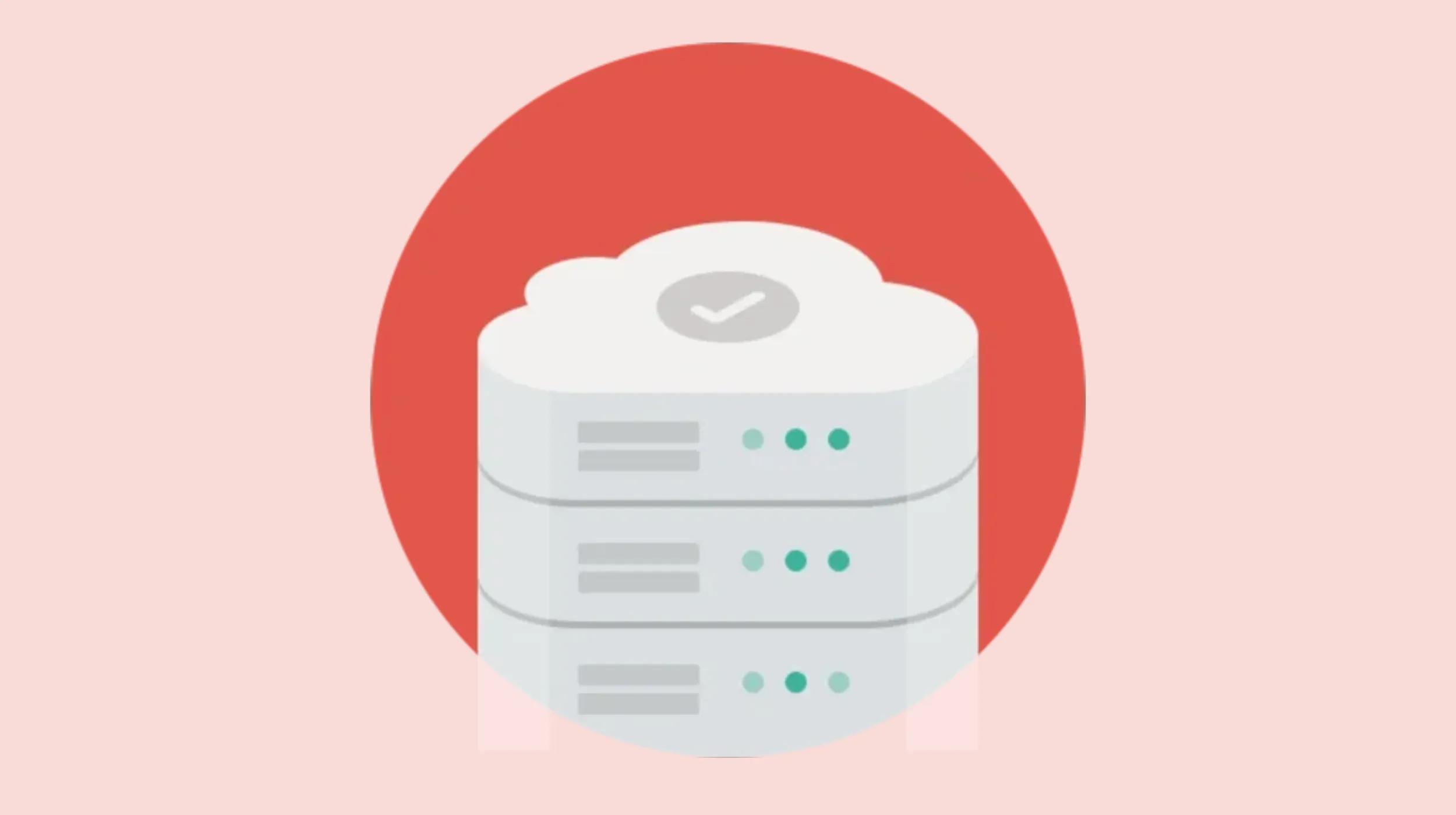Did you know updating your business plan should be a part of your regular business practices? If not, don’t worry — a lot of people skip this step. But it could benefit you to make this effort.
Read on to learn why updating your business plan is so important, how to tackle this task, how often you should make updates, and key things to keep in mind.
Let’s get to it!
Why should you update your business plan?

Outside of updating your business plan as a standard course of doing business (which we’ll discuss in detail shortly), there are a few noteworthy situations that warrant a full business plan overhaul:
You need to raise funds
If you need capital to make tech upgrades, grow your team, or expand operations, you’ll likely need to raise funds. Before you can reach out to new investors, however, your business plan must be up-to-date and reflect your company’s current financial situation, including operating costs, cash flow, business goals, and income projections.
Related: 10 small business funding options
You want to refinance
Similar to potential fundraising moves, refinancing your business loans requires an updated business plan because it outlines operating costs, your company's challenges, and forecasted revenue. No lender will entertain refinancing or even new loans without an updated business plan and financials.
You want to launch a new product
Big business moves necessitate an updated business plan and launching a new product or service qualifies. A new product means new potential revenue, so updating your business plan to reflect that fresh revenue stream is critical. Be sure to include everything you would’ve when writing your business plan the first time around — like costs, vendors, time frames, target demographic/segmentation, and financial projections.
You want to expand your company
Company expansion can take many forms. Perhaps you’d like to open up a second location in another city. Maybe you want to purchase more warehouse space for your products. Large technological upgrades are considered expansions, too. No matter what type of growth you have in mind for your business, updating your business plan to reflect this intention to grow is a key step before reaching out to investors and potential lenders.
You’ve changed your supply chain
Supply chain issues have become an acute problem since 2020. However, there has always been a need to update business plans to reflect changes in the supply chain and/or a change in the vendors you decide to use. Any time you make changes to your vendor list, put updating your business plan on your schedule.
Related: How to overcome supply chain challenges in 2022
You have new competitors
If a new major competitor enters your industry, it’s likely to affect how you do business. Whether that means your share of the industry “pie,” so to speak, decreases, or it means a new brand changes the expectations for your industry and you need to now follow suit — a business plan update is in the cards to reflect these changes.
When and how often should you update your business plan?
As you can likely see by now, updating your business plan is an essential part of having a business plan in the first place.
It’s a dynamic document that needs to be updated to meet where your business is at right now.
Though you don’t need to update your business plan to reflect every little change, making regular updates is a solid business practice.
If your company is chugging along with no major changes, giving your business plan the once-over at least once a year should be sufficient for updating financial data and projections. However, if your company undergoes a major shift, you’ll want to update your business model when you expect that change to occur.
How to update your business plan

Now that you have a sense of how often you should update your business plan and why you need to do so in the first place, let’s turn our attention to the real meat of this article: how to update your business plan. Here are six key things to keep in mind when updating this most important document.
1. Make updating your business plan part of your regular review process
One of the biggest obstacles to updating a business plan is scheduling the time to do it. Business owners are busy people, and it’s all too tempting to leave these sorts of tasks until tomorrow. However, you can get around this by simply incorporating a business model review into other processes you already complete.
If your company does quarterly financial reviews, add in a business plan review during this time. You’ll already be taking time away from day-to-day business operations to complete the financial review, so you might as well spend a couple of extra hours updating your business plan.
You could even schedule it for when you do your taxes or prep documents to send to your accountant. Add the business plan update to your to-do list for those days.
2. Include your team in the process
If you have any kind of team for your business, you must include them in this process. They are likely involved with the day-to-day functions of operating your business and can provide key insights into what the future of your company looks like. For example:
- Ask the marketing team for reports on trends they’ve noticed over the past six months or so.
- Ask sales about any demographic shifts they’re noticing in the customer base.
Those who are doing work within your industry daily are going to feel the subtle shifts within the market before anybody else. And they might have insights into what projections look like — things that you might not come up with on your own.
Leveraging your team means getting a more complete picture of what your company has accomplished, how it’s currently positioned, and where it will go from here.
Pro tip: You can manage these tasks directly in Microsoft 365 as well. Sharing documents is a snap and you can collaborate on your business plan in real-time.
3. Note regulatory changes
When updating your business strategy, take some time to research any regulatory changes that have taken place in your industry. New rules, regulations and laws are passed all the time and many can have a direct impact on how you do business.
For instance, payment processors now must report your earnings to the IRS. This change could affect how you report income and change your relationship with contractors. The implementation of sales tax on internet sales made in the state where your business is located is another example from the past that had a profound effect on companies doing business online.
Such changes can impact your financial reporting and/or make your business more competitive, and less competitive, and otherwise change your approach to how you do business.
4. Note vendor/supply chain changes
Another factor to take into consideration when updating your business plan is any vendor or supply chain issues or changes that have occurred since your last plan update. If a vendor suddenly changed their billing system or adjusted their fees, you might need to account for this in your business plan as it could cut into your profit margin projections.
Or, if the supply chain has made it so you need to use multiple vendors to meet your company’s needs without experiencing disruptions, your business plan should make note of this change — and even indicate that supply chain issues are an ongoing problem.
To be honest, nearly every company has experienced some issue with the supply chain since 2020, so if you haven’t updated your business plan since then, now is probably the time.
5. Keep broader economics in mind
The overall state of the economy can directly affect your company’s performance. And while economic downturns can leave some industries untouched, it’s rather rare. But even if your company is lucky and hasn’t been affected by broader economic fluctuations as of yet, keep updating your business plan on your radar.
The economy as a whole can impact your vendors, shipping, packing, contractors and other services related to how you do business. It can also affect staffing and the accessibility of talent. So even if your company hasn’t experienced negative effects, acknowledge the general state of the economy in your business plan and include contingency plans should issues arise.
6. Follow demographic changes
We’re currently in the midst of huge demographic changes in the United States and all over the world, which will have a direct impact on how you do business and what the future might bring to your company.
As of 2022, the median income among the middle class is going down, the income of the very wealthy continues to go up, and the median age of workers is going up, too. People are having babies later in life and at lower rates than in the previous generation.
All of these factors can directly impact your revenue potential as well as who your target demographic or ideal customer even is. And this means you need to update your business plan to account for these shifts. Continue to revisit demographic data and projections a couple of times per year to ensure your internal projections still apply and to see if your processes need updating and track your actual results. If so, a business plan update is in order, too.
What to do next
If you haven't even so much as glanced at your business plan in a bit, now’s the time to dust off the document and give it a once-over. Times are changing — seemingly faster than ever before — so it would behoove you to set aside some time to update your business plan sooner rather than later.






